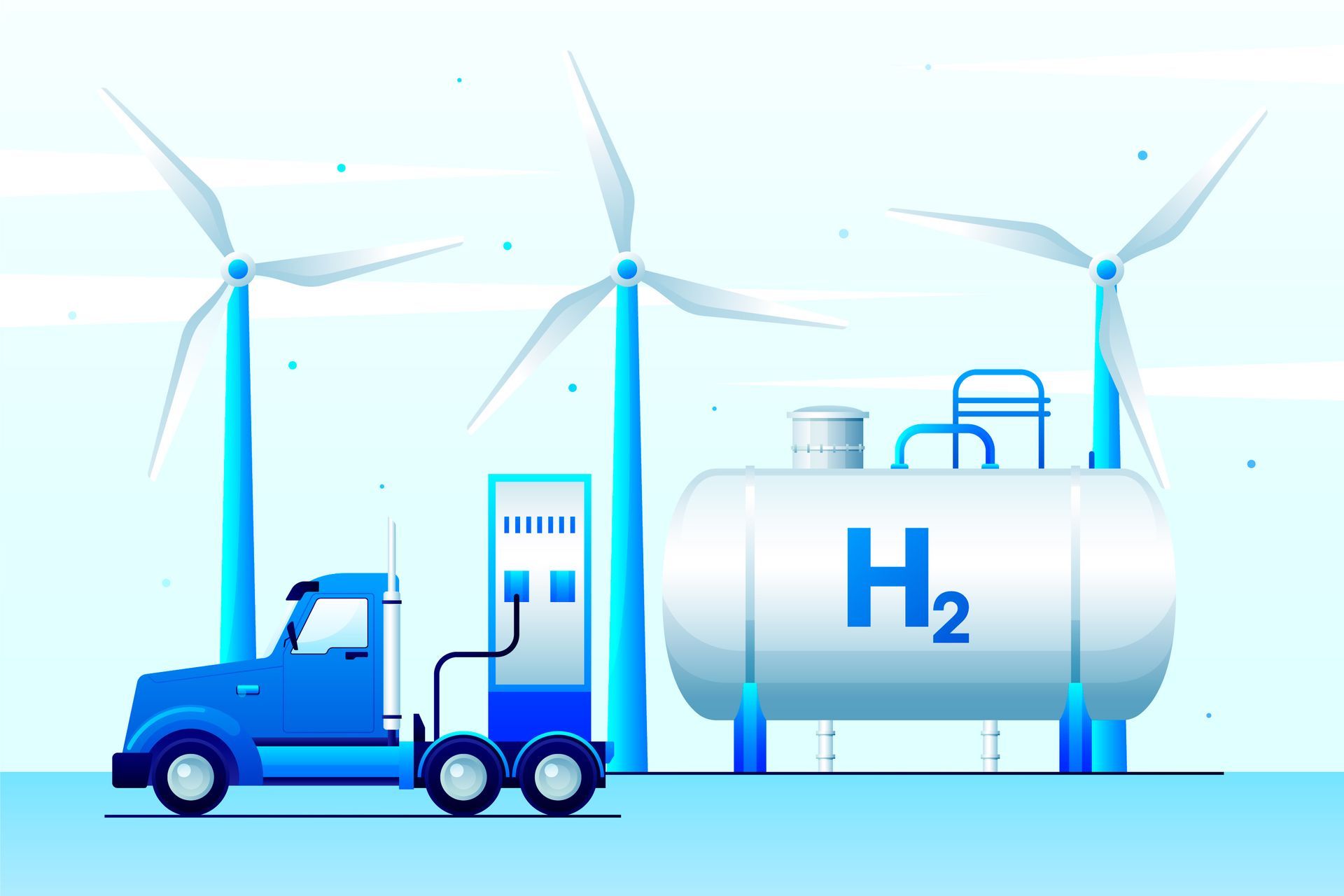SCIENCE WRITING AS A CAREER PATH IN 2023
Author: Frank Hamilton
Science writing is an ever-evolving field that many people find increasingly fulfilling, engaging, and financially rewarding. With the constant stream of technological advancements, researchers are increasingly being asked to effectively communicate their findings to both industry professionals and the public. As a result, there is a growing demand for those with a talent for scientific writing who can take complex topics, break them down into easily digestible pieces of information, and turn them into compelling narratives. Do you know what opportunities may exist for those considering this path as a future career option?
Are you an aspiring writer interested in a career in science writing? Read on to learn more about this field of study and why it might be a good career path for you.
What is science writing?
Science writing is a form of communication in which scientific and technical topics are interpreted and explained. It entails:
- Researching;
- Comprehending;
- Communicating complex information in an easily understandable format.
Science writers must be knowledgeable about their subject and skilled at presenting it to readers with accuracy, clarity, and precision. Topics covered in this type of writing include:
- Biology;
- Physics;
- Chemistry;
- Medical research;
- Engineering;
- Social sciences or humanities.
Science writers must be able to explain difficult concepts in a way that readers can understand. If you still have difficulties with it and need professional assistance, visit writing services reviews websites like All Top Reviews to find an expert to help you.
The benefits of being a science writer
A career in science writing offers many benefits. For example:
- The ability to communicate complex scientific concepts to a lay audience. As a science writer, you will have the ability to communicate complex scientific concepts to a lay audience. It is an important skill, as it can help increase public understanding of science and its impact on society;
- The opportunity to work with leading scientists. As a science writer, you will have the opportunity to work with leading scientists in a variety of fields. It can be a great way to learn about cutting-edge research and make contacts in the scientific community;
- The chance to travel. As a science writer, you will often have the chance to travel to different parts of the world to report on stories. It can be a great way to see new places and learn about different cultures;
- A flexible schedule. Science writing is often a freelance job, which means that you will have a flexible schedule. It can be beneficial if you want to have time for other commitments, such as family or another job;
- A competitive salary. Science writing is a well-paid profession, which means you can earn a competitive salary. It can be helpful if you want to live a comfortable lifestyle or save for retirement;
- Job security. Science writing is a relatively stable profession, which means that you can enjoy job security. It is beneficial if you want to have stability in your career.
What opportunities may exist for a science writer in 2023?
Here are some of the opportunities that may exist for specialists in this field this year:
#1. Increasing public interest in science
As the world becomes complex, there is a growing need for accurate and accessible information about scientific discoveries and advancements. It has led to an increase in public interest in science, which is expected to continue to grow in the coming years.
#2. New platforms for science communication
In recent years, there have been many new platforms created for science communication. These platforms provide a unique opportunity for science writers to reach a wide audience with their work. Some of the most popular platforms include:
- Scienceblogs.com;
- Medium;
- The Conversation.
Before you share your material on social media, double-check everything and, if necessary, consult the writing services experts at Trust My Paper.
#3. More opportunities for freelance work
As traditional media outlets continue to experience budget cuts, there will be an increasing demand for freelance science writers. It provides an opportunity to work independently and choose the topics they want to write about.
#4. Growth of data journalism
Data journalism is a new field that combines journalism with data analysis. As more media outlets begin to recognize the value of data journalism, there will be an increasing demand for science writers with data analysis skills.
There is a growing trend toward using video and audio content to communicate scientific information. These formats are more engaging and easier to consume than traditional written articles.
CONCLUSION
As you can see, science writing can be considered an exciting career path worth exploring in the coming years. Investing time and effort into gaining expertise in this field could open new opportunities for those who have what it takes to succeed as a professional science writer.
More articles!







